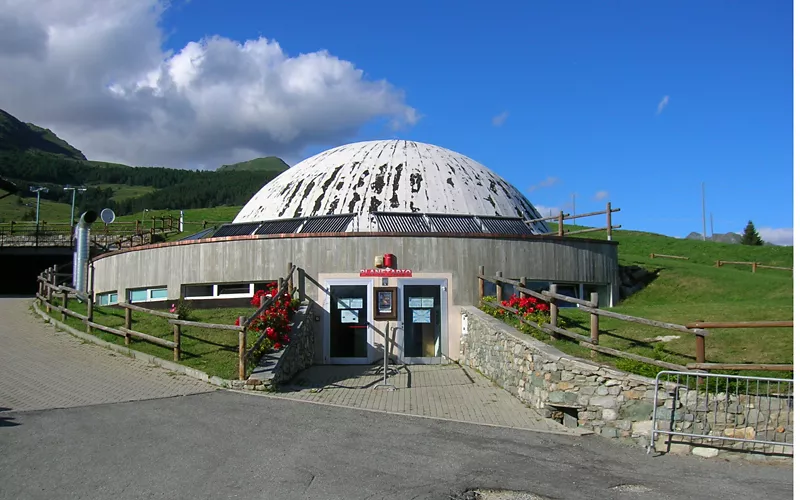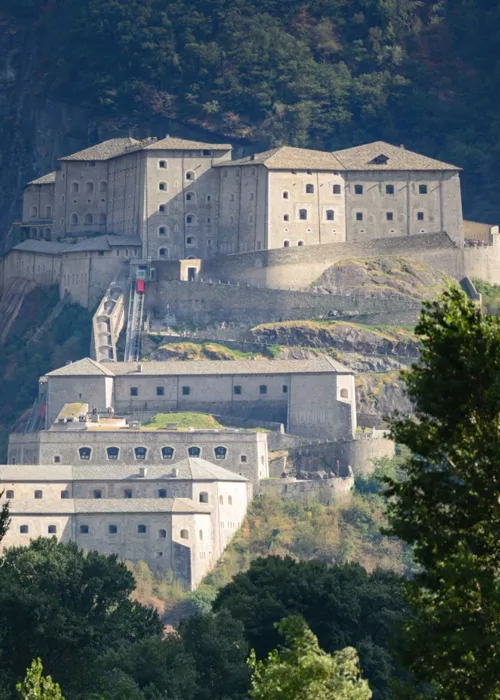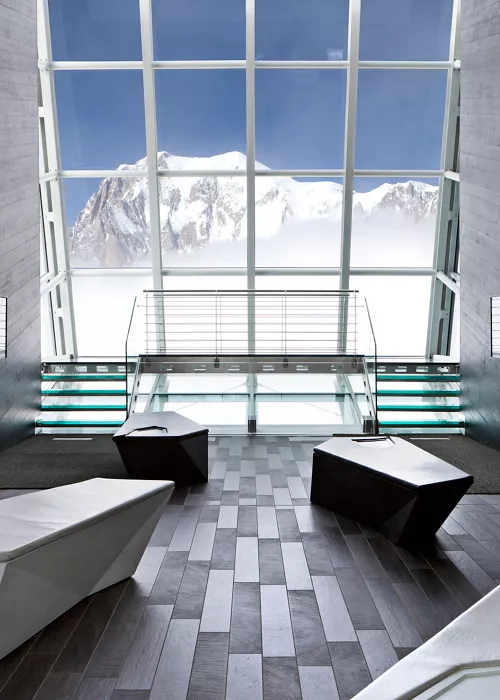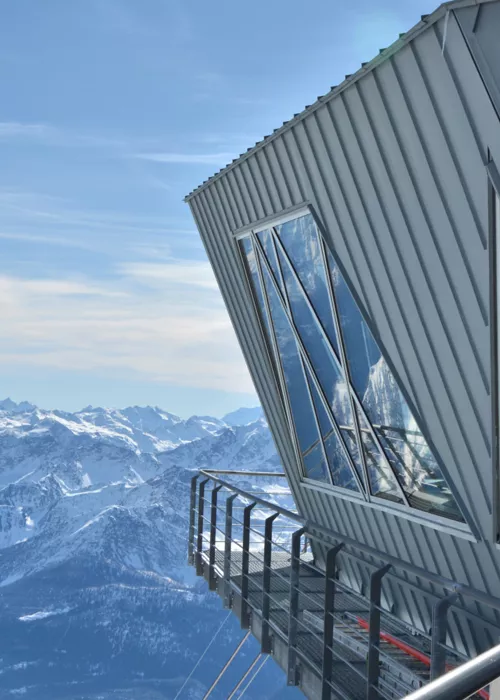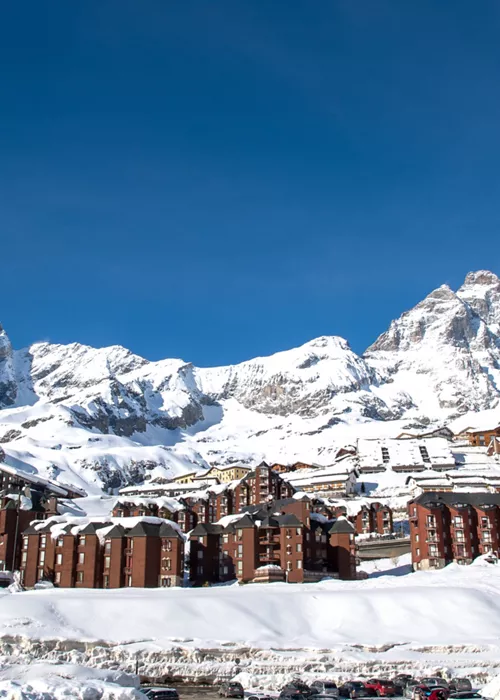The Aosta Valley: admiring the stars at the Astronomical Observatory
If you are a keen stargazer and are planning a holiday in Aosta Valley, be sure to visit Lignan, a mountain hamlet at an altitude of 1,600 metres in the municipality of Nus, in the valley of Saint-Barthélemy, where you will find the Planetarium of Lignan and the Astronomical Observatory of Saint Barthelemy (OAVdA).
At the Planetarium, exploring the mysteries of the cosmos
You have to pre-book to visit the Planetarium of Lignan but it is well worth it.
You can virtually travel among the stars and planets, discovering galaxies, nebulae and fascinating facts about the sky and the mysteries it holds.
The images you will see have been reconstructed down to the smallest detail, thanks to a state-of-the-art 4K digital projection system, based on the latest scientific data, which makes the experience not only immersive, but also wonderfully realistic.
The ideal place to look at the sky
The Astronomical Observatory of Saint Barthelemy offers a spectacular and practically unparalleled view of stars, even with the naked eye. In fact, the entire Saint-Barthélemy area is the ideal location for anyone who loves to watch and study the sky at night.
Liguria has earned itself recognition from the scientific community, obtaining Starlight Stellar Park certification, issued by the Starlight Foundation of the Institute of Astrophysics of the Canary Islands. The first area in Italy to receive this certification, it is also recognised by UNESCO as part of the international Starlight Initiative, for its protection of the night sky.
Discovering the OAVdA
Easy to reach by car, this is the only Observatory in Italy to have a research, teaching and awareness-raising activities agreement with the National Institute of Astrophysics (INAF).
The OAVdA is therefore equipped with many state-of-the-art facilities, including the Heliophysics Laboratory, which lets you look at the Sun without the risk of damaging your eyes. Under the guidance of experts, you can observe all the phenomena visible on the star closest to Earth, such as sunspots.
The adventure continues with the Educational Terrace, equipped with seven telescopes, and the Star Theatre, where you can explore the sky with the naked eye using laser pointers.
Avid astrophiles can make good use of the twelve nine-metre observation platforms, equipped with power supply towers and red LED lighting, the most discreet way to observe the sky. The Observatory is open for educational activities as well as individual visits, both day and night, exclusively in Italian, when you book in advance.
A research laboratory
The Observatory is not just a place to visit to look at the stars, but also a true scientific centre of excellence, which collaborates with other national and international scientific institutes.
The most significant research projects include the Asteroids Project and the Solar Corona Project, concerning the investigation of celestial bodies near Earth, the Active Galactic Nuclei Project, which monitors galaxies far away from Earth, the Extrasolar Planets Project, which searches for planets orbiting other stars in the Milky Way, and the Antarctica Project, which deals with the installation and operation of a robotic telescope for infrared observation.
Open since 2003, the Observatory has achieved hugely important successes, such as the discovery of an asteroid, named Vallée d'Aoste, the participation in the discovery of the two exoplanets of the star XO-2S, and the detection of more than one hundred variable stars. All that remains is to plan a visit to this stellar place!
Find out more:
https://www.oavda.it



